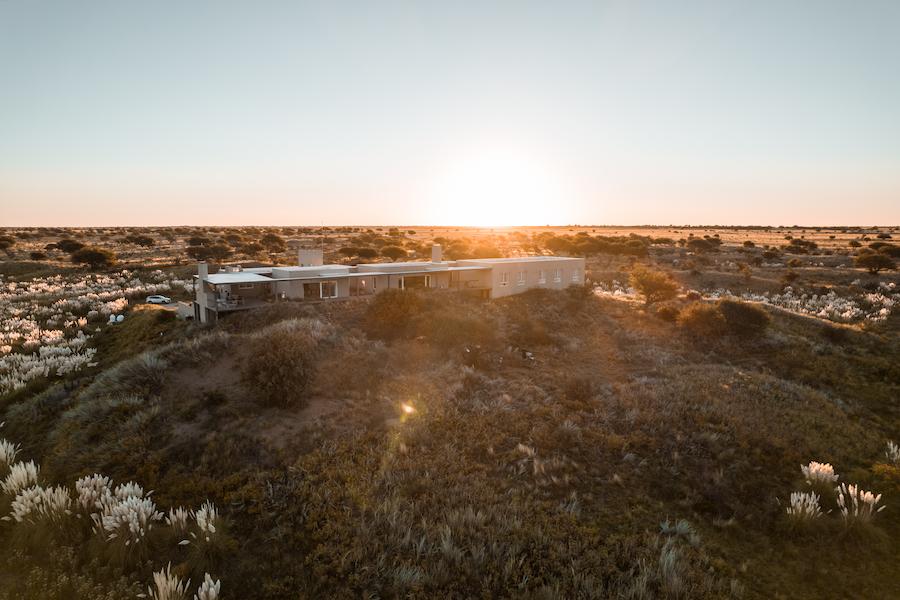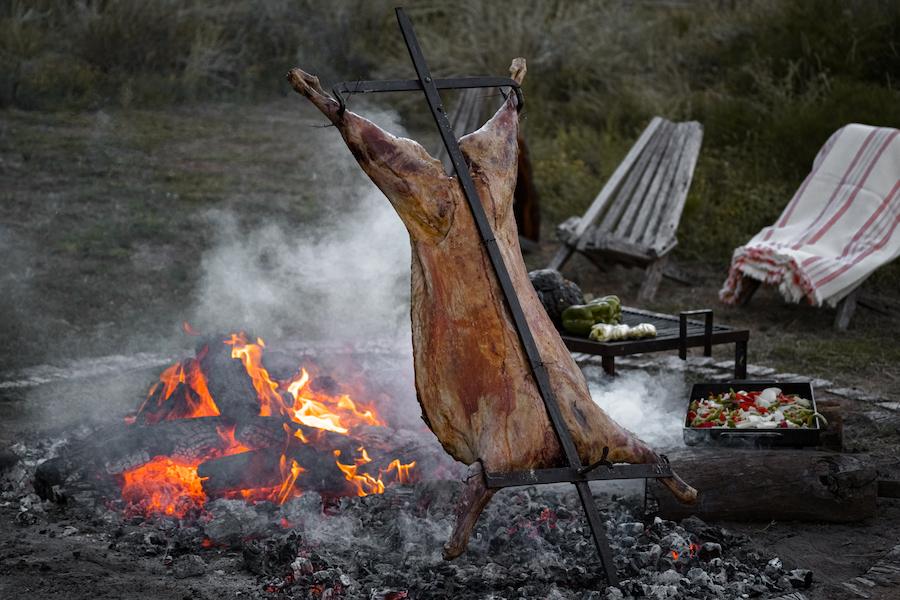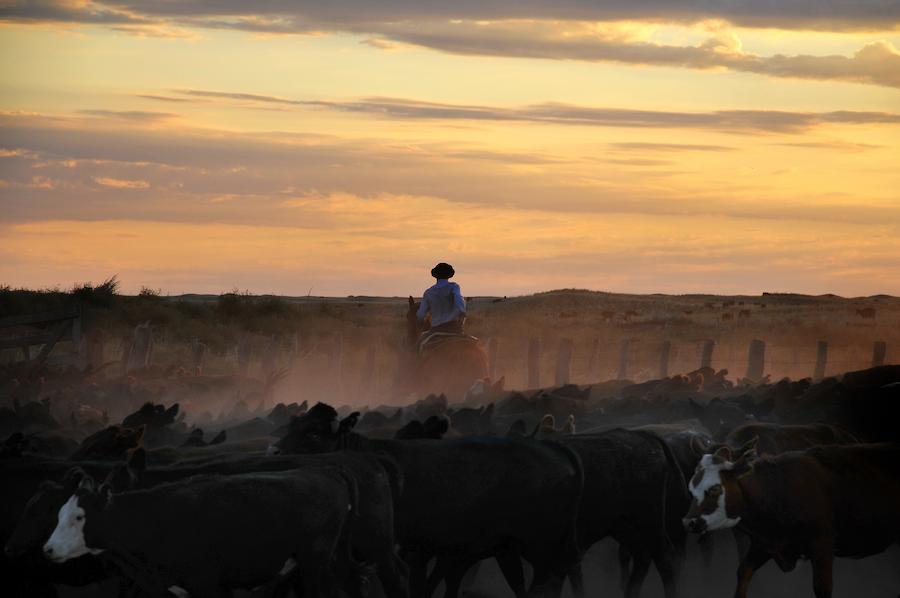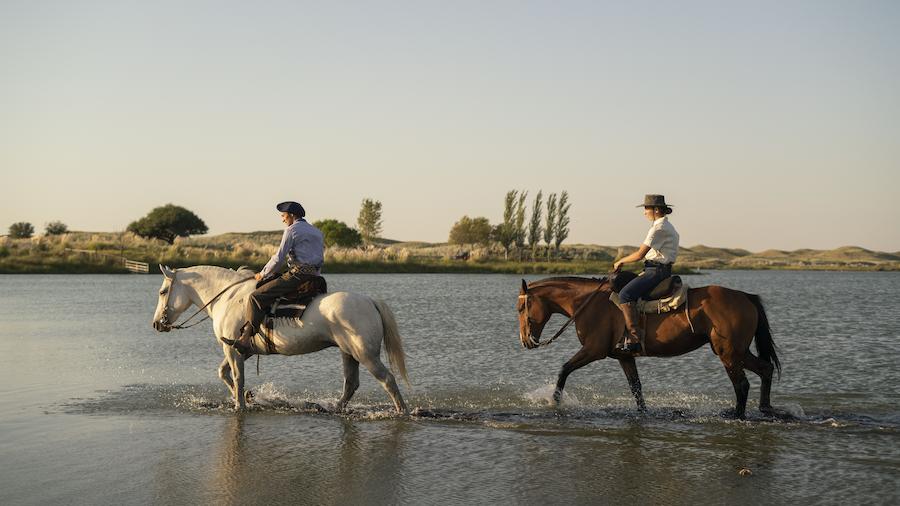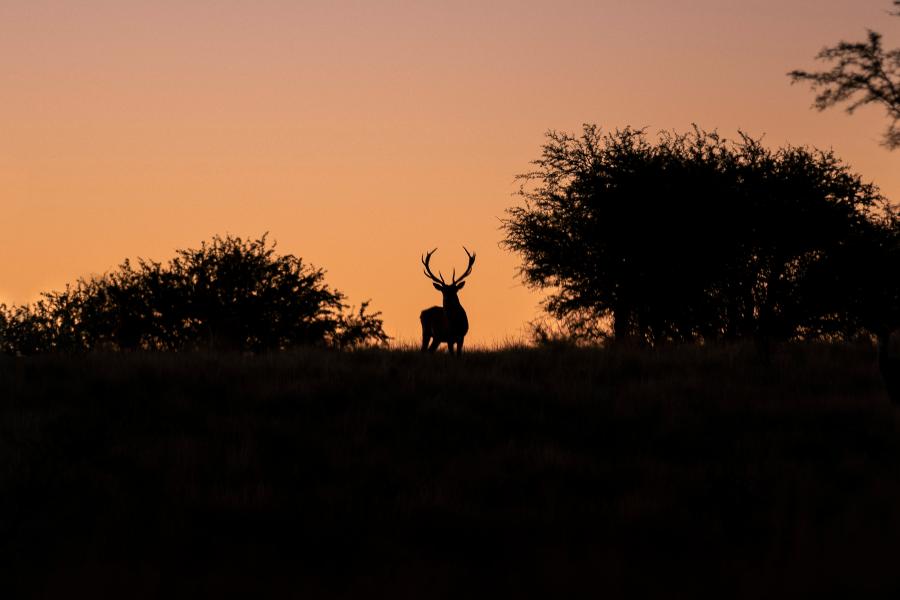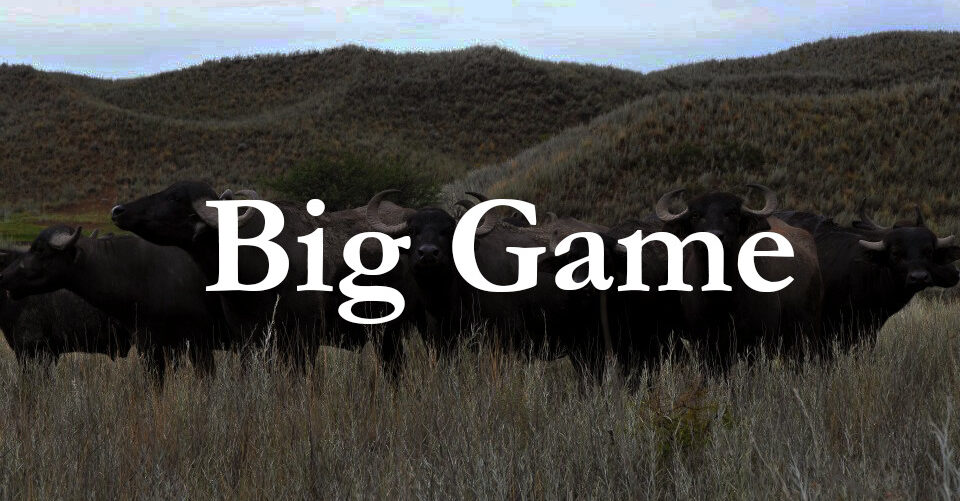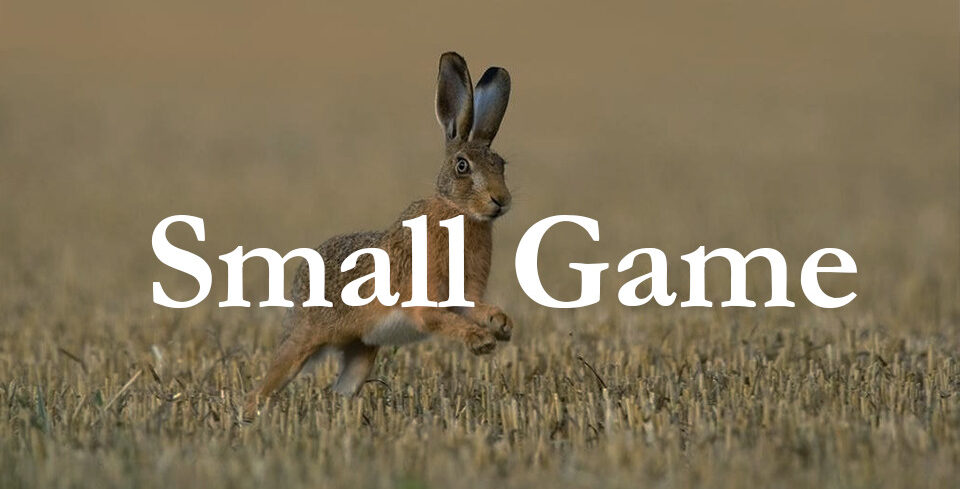Blackbucks are one of the most beautiful and graceful antelopes found in India. They are known for their impressive speed and agility, which makes them a popular target for hunters. However, the Blackbuck is now a protected species in India, and their population has been steadily increasing in recent years. In this article, we will explore the origin and habitat of the Blackbuck.
Origin of the Blackbuck
The Blackbuck (Antilope cervicapra) is a species of antelope native to the Indian subcontinent. They are known by various names in different regions of India, such as Kala Hiran, Krishnasar, and Sasin. The Blackbuck belongs to the Bovidae family, which includes goats, sheep, and cattle.
The Blackbuck is believed to have evolved in the Indian subcontinent during the Pleistocene epoch, which lasted from about 2.6 million to 11,700 years ago. Fossil evidence suggests that the Blackbuck was once widespread across the Indian subcontinent, but their population has declined due to habitat loss and hunting.
Habitat of the Blackbuck
The Blackbuck is a grassland species and is found in open plains, grasslands, and scrublands. They prefer areas with short grasses and scattered bushes, which provide cover for them to hide from predators. The Blackbuck is also found in agricultural fields, where they feed on crops such as wheat, barley, and chickpeas.
The Blackbuck is native to India, Pakistan, and Nepal. In India, they are found in the states of Rajasthan, Gujarat, Punjab, Haryana, Uttar Pradesh, and Madhya Pradesh. The largest population of Blackbucks is found in the Banni grasslands of Gujarat, which is a protected area and a popular tourist destination.
Threats to the Blackbuck
The Blackbuck is listed as a Near Threatened species by the International Union for Conservation of Nature (IUCN). The major threats to the Blackbuck are habitat loss, hunting, and poaching. The Blackbuck is also at risk of being killed by vehicles on highways and railway tracks.
Habitat loss is a major threat to the Blackbuck, as grasslands are being converted into agricultural fields and urban areas. Hunting and poaching of Blackbucks for their meat and skin are also major threats, although hunting of Blackbucks is now illegal in India. The Blackbuck is also at risk of being killed by vehicles on highways and railway tracks.
Conservation of the Blackbuck
The Blackbuck is protected under the Wildlife Protection Act of India, which prohibits hunting and poaching of the species. The Blackbuck is also listed under Appendix III of the Convention on International Trade in Endangered Species of Wild Fauna and Flora (CITES), which regulates the international trade of the species.
Several conservation measures have been taken to protect the Blackbuck. Protected areas have been established to conserve the habitat of the species, and efforts are being made to restore degraded grasslands. Awareness campaigns are also being conducted to educate people about the importance of conserving the Blackbuck.
Conclusion
The Blackbuck is a beautiful and graceful antelope native to the Indian subcontinent. They are found in open plains, grasslands, and scrublands, and are at risk due to habitat loss, hunting, and poaching. However, efforts are being made to protect the species and conserve their habitat. As responsible citizens, it is our duty to support these conservation efforts and help protect the Blackbuck for future generations.
